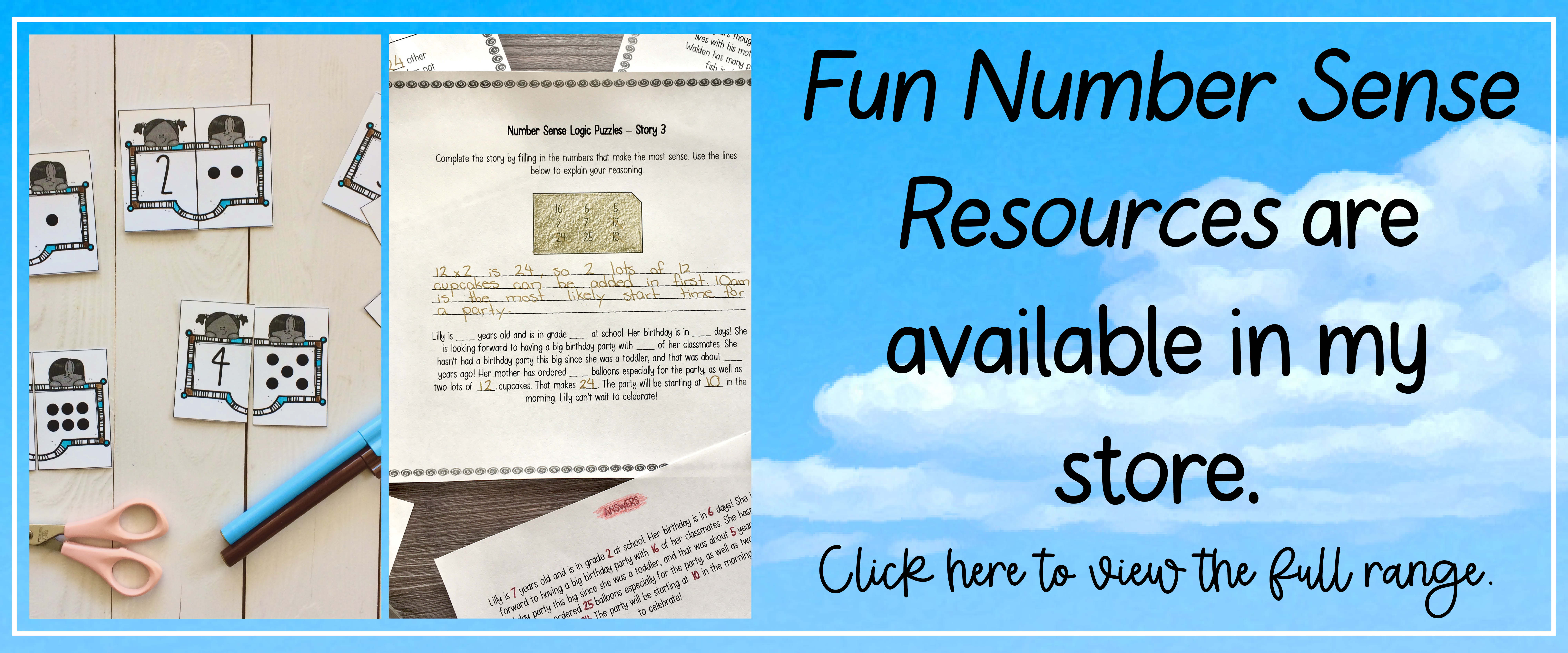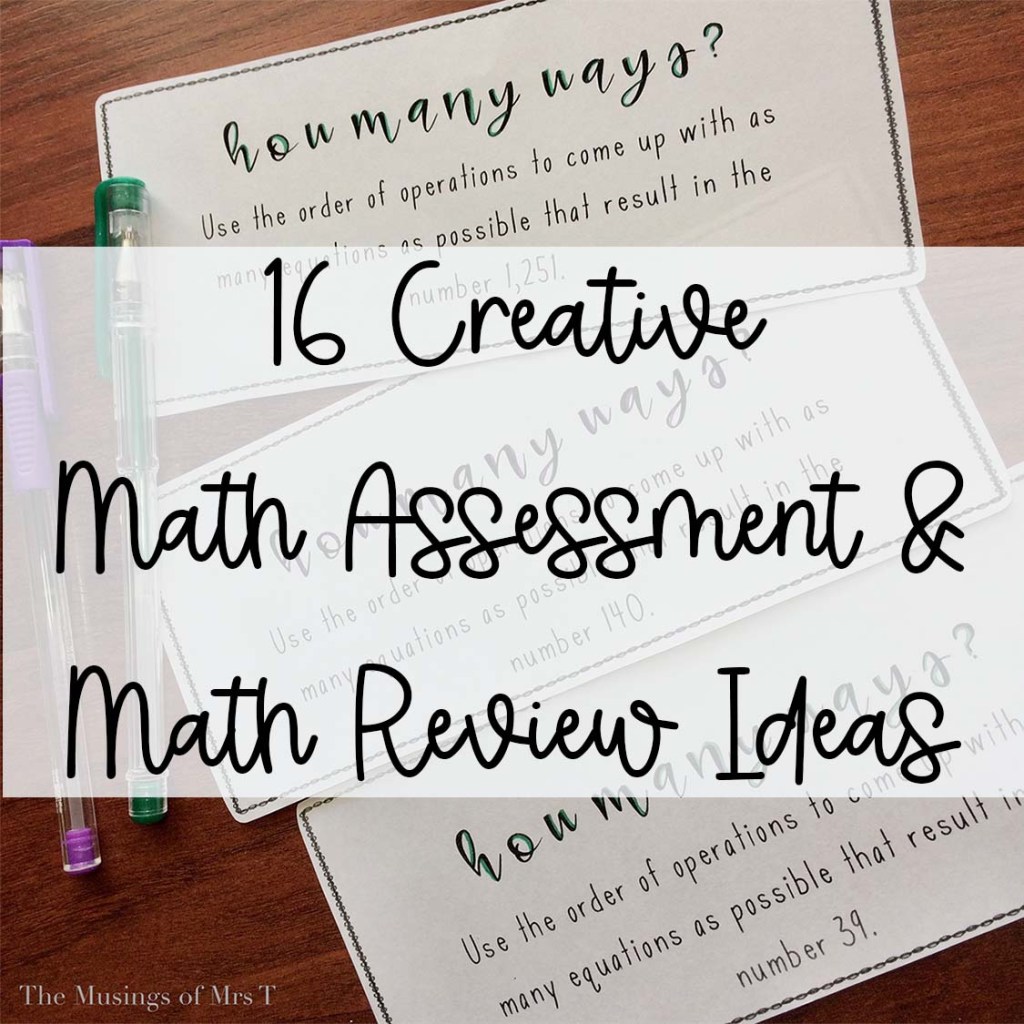Hearing the phrase ‘maths assessment’ doesn’t often bring excitement to students – or even teachers for that matter. But maths assessment doesn’t need to be boring or time consuming – it can actually be fun! Keep reading for 16 creative ways to help spice up maths assessment and maths review in your learning space.
For Little Kids
The first 8 ideas in this post are aimed at younger students but can still provide inspiration if you’re working with older students too. These ideas involve hands-on tasks that engage students more than a typical worksheet assessment.
Match Cards
One simple and fun maths assessment idea to try is matching cards. Depending on what you’ve been working on with students, you can adapt this task to cover shapes, money, equations or measurements. A great starting point though is to have students match numbers to a collection of symbols, like dots. You can see an example of this in the picture below.
This activity gives you a clear idea of how well students understand a concept – in this example, how well they understand the value of numbers. It also gives students a fun, hands-on activity to stay engaged with.
To grab your own copy of this resource, head to this link: Number Recognition Matching Cards.

Sort Cards
Another fun way to run a math assessment using cards instead of worksheets is by having students sort cards. Similarly to the matching cards idea, this is also easy to adjust to suit the topic you’re working on.
Below is an example of a sorting activity that reviews shapes. In this activity, students will organise the shapes to have pairs of the same shape in different sizes, along with the written word for each shape.
If this looks like an activity that your little ones would like to try, head to the following link for your copy: Shape Sorting Activities.

Complete Colour-by-Number Pictures
Colour-by-number activities work fantastically as maths assessment tasks. I have another blog post that dives deeper into using colour-by-number activities in maths that you can read here: Using Colour-By-Number for Addition and Subtraction.
Basically, students are given a picture that is divided into sections, as seen below. Each section has an equation in it. Students need to solve the equation and then use the given colour code to discover which colour that section should be.
Kids often have a lot of fun with this task, and it involves some problem solving as well as maths computation. If you’d like some ready-made colour-by-number worksheets to try with your students, I have some available that focus on addition, subtraction and multiplication. The multiplication set pictured below is available here: Colour-by-Number Multiplication Worksheets.

Play with Play Dough
Using play dough activities for maths assessment is perfect if you’re working with little kids who like hands-on activities. There are many ways to use play dough to assess maths skills, from having students create play dough shapes to having them create play dough hands for a clock to represent the time.
Below is an example of a maths activity that asks students to add a given number of play dough raindrops to the clouds. This allows you to see how well students read, recognise and count numbers while your students enjoy the tactile experience of playing with play dough.
You can find a copy of the activity pictured below through the following link: Play Dough Raindrops Maths Task.

Complete Puzzles
Puzzles are such a fun and often underrated activity to use with students. They give students an opportunity to problem solve and sort information.
The example below shows how you can use puzzles to help students review addition. Here, students need to arrange the 3 numbers that add to a given answer. This is such a fun way for them to show you their understanding of addition.
If using this activity for assessment, you could also ask them to talk through the process as they complete the puzzles. To grab your copy of these addition puzzles to start using today, click this link: Addition Maths Puzzles.
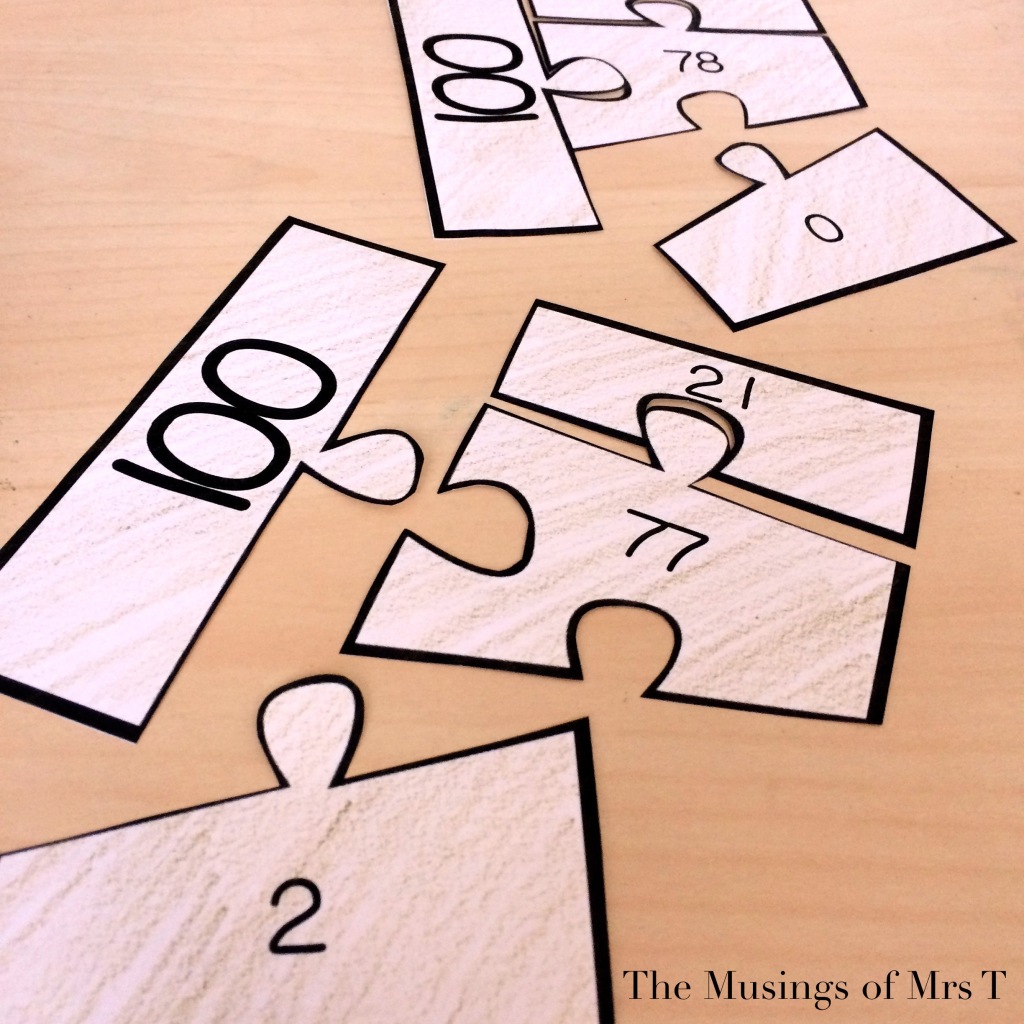
Record in Maths Journals
If you’d like to have an ongoing form of maths assessment taking place in your learning space, consider using maths journalling. Simply have students keep a maths journal where they can write about their problem-solving strategies, reflections on lessons and connections to real-life situations. Then, assess their journals occasionally to see how their understanding of different maths concepts is developing.
Give the Answer
Another great way to shake up maths assessments is to give students the answer and ask them what the question is. You can apply this idea to just about any maths topic and it gives students a great opportunity to practise their problem solving.
Below is an example of what this would look like when working with multiplication arrays. Here, the array is provided, and students need to work out what the multiplication equation was that led to that array.
The ready-to-use array assessment worksheets below can be found here: Arrays Review Assessment.

Randomise It
If you want to add some surprise and interest to your maths assessments, try randomising some of the numbers included in the questions you’re asking. This works well if you’re reviewing the basic operations. It also adds a fun twist to maths assessments on the topic of money.
The picture below shows what this could look like for a money assessment activity. Here, I’ve created a template that helps kids see the equation clearly set out. They get to pick two cards with different money amounts on them, and then add these together.
Allowing students to select part of the equation keeps them engaged and interested and can make the assessment feel less overwhelming.
If you’d like to try this assessment task with your students, you can find it included in this Money Activities Set.

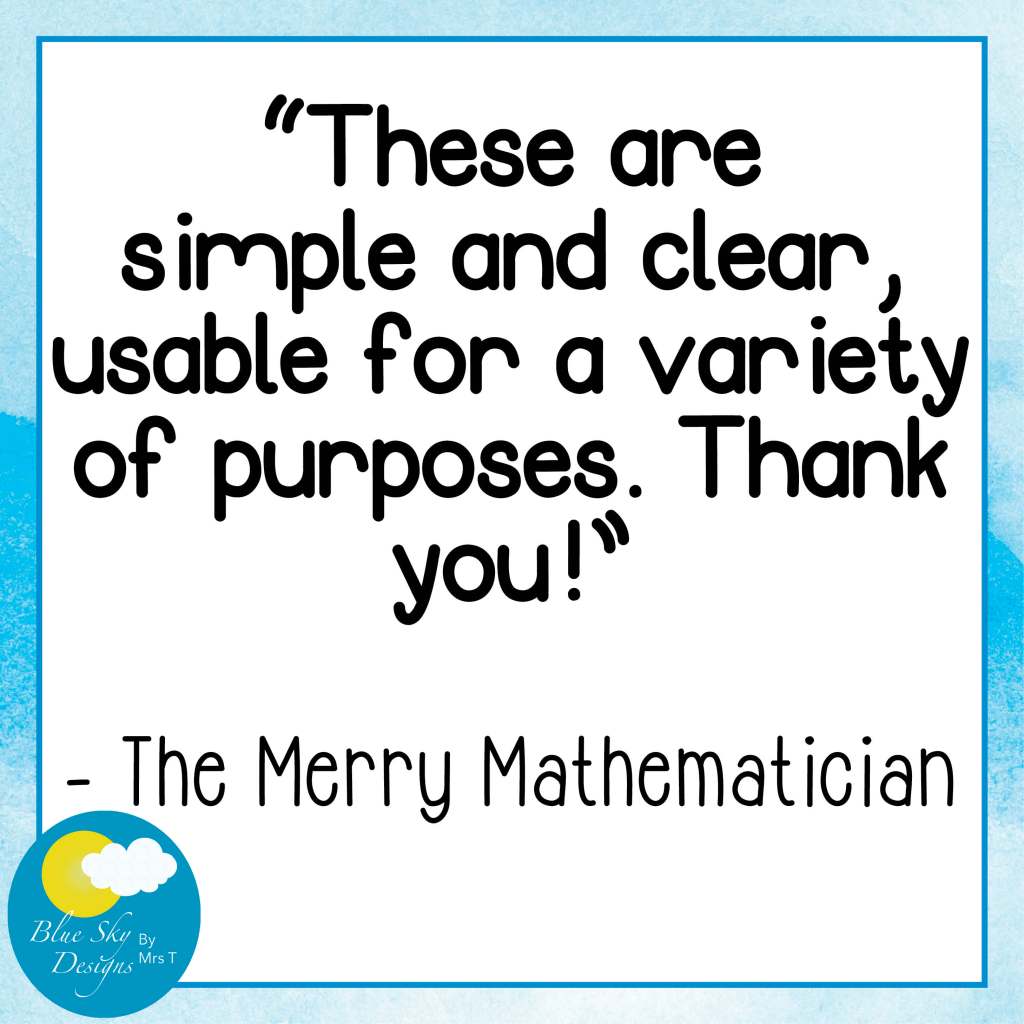
For Big Kids
If you’re working with older kids, below are 8 ideas that are a little more advanced that are great for engaging older primary / upper elementary students.
Solve Maths Mazes
Maths mazes are such an engaging activity for older primary students and help students to apply the strategies they know and try out new strategies. They can work at their own pace to get through the maze and often feel less overwhelmed by maths mazes than standard equation worksheets because the questions are broken up into their own sections.
Below is an example of some maths mazes that I made to help kids practise number sense and the basic operations. Each box has a problem to solve, and students can colour in the correct answer out of the options provided to help them get through the maze.
If you’d like a set of Maths Mazes that are ready to print and use with your students, take a look at these Number and Operations Maths Mazes.

Apply it to Real-life Tasks
Applying maths activities to real-life tasks is a great way to get students engaged, as it helps them see the purpose behind what they’re working on.
The example below is a cooking activity where students use maths calculations to complete the recipe. If you’re feeling brave, you can even let the kids test their recipes out at the end of the task to see if their calculations were correct. Now, that’s a fun maths assessment!
If you’d like to try this activity out with your students, I have 2 recipe tasks available as a bundled set here: Cooking with Maths Bundle.

Fill It In
Fill-it-in pages offer a simple spin on the typical worksheet. Here, students are given pages with some missing information. They need to ‘fill in’ the missing details to complete the pages.
This idea can be easily adapted for many different maths topics, but below shows an example of what this looks like when looking at representing numbers in different forms. You can click here to find your copy of the Number Forms Fill-it-in Worksheets pictured below.

Use Task Cards
Using task cards for maths assessment is another simple way to shake up standard worksheets. Task cards can be used to present the same information that you’d usually put on a worksheet but allow you to run many different activities. One fun activity to try with task cards is placing them around the room and asking students to go on a hunt to find and complete all of the cards.
Below is an example of how you could assess the topic of rounding numbers with task cards. If you’d like to grab a copy of these task cards to help your students review rounding numbers, click this link: Rounding Numbers Task Cards.

Match Equations
Another way that you can change up your maths assessments is by having students match equations instead of simply answering them. The worksheet pictured below includes a section with some equations that students need to match to the correct answers. As you can see, students still need to calculate the equations to find out what the answer is, and they can use the process of elimination to rule out obvious incorrect answers too – which is a great problem-solving practice.
If you want some engaging and ready-to-use maths worksheets that help students practice the Order of Operations while using this matching equations idea, click here to grab the Order of Operations Practice Worksheets pictured below.

Make it a Mystery
Having students guess a mystery number is another great maths assessment activity. Here, you give clues or calculations and students need to use their maths knowledge and problem-solving skills to work out what the mystery number is.
Below are some examples of mystery numbers and clues that require students to use their addition skills. These cards are part of my 3 Digit Addition Practice Activities Pack, available here.

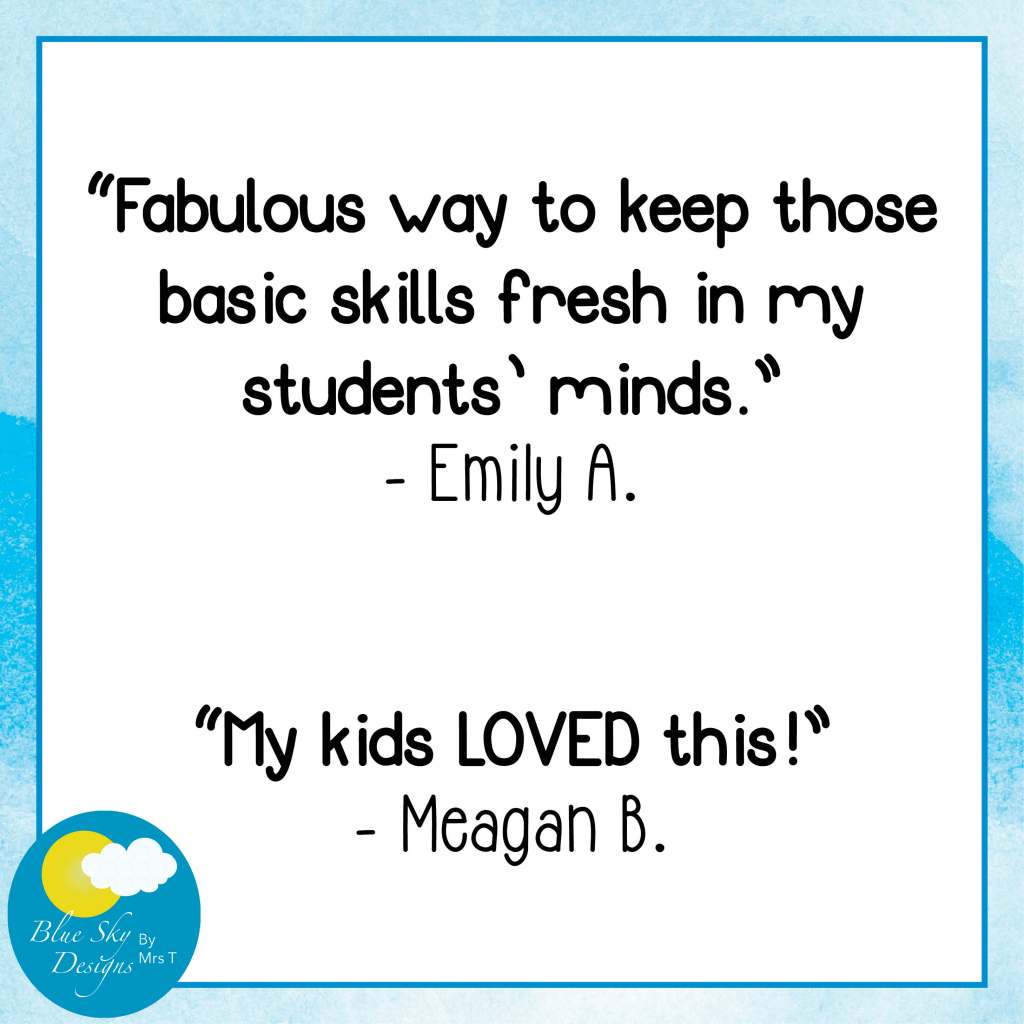
Set a Maths Challenge
I often recommend the use of maths challenges in the classroom, and there are so many different kinds to choose from. Setting an open-ended challenge allows students to approach the problem from their own perspective and to work at their own pace. This usually helps to engage those students who don’t enjoy standard maths lessons.
Pictured below are some of my favourite maths challenges, which are included in my Maths Challenges Set available here.
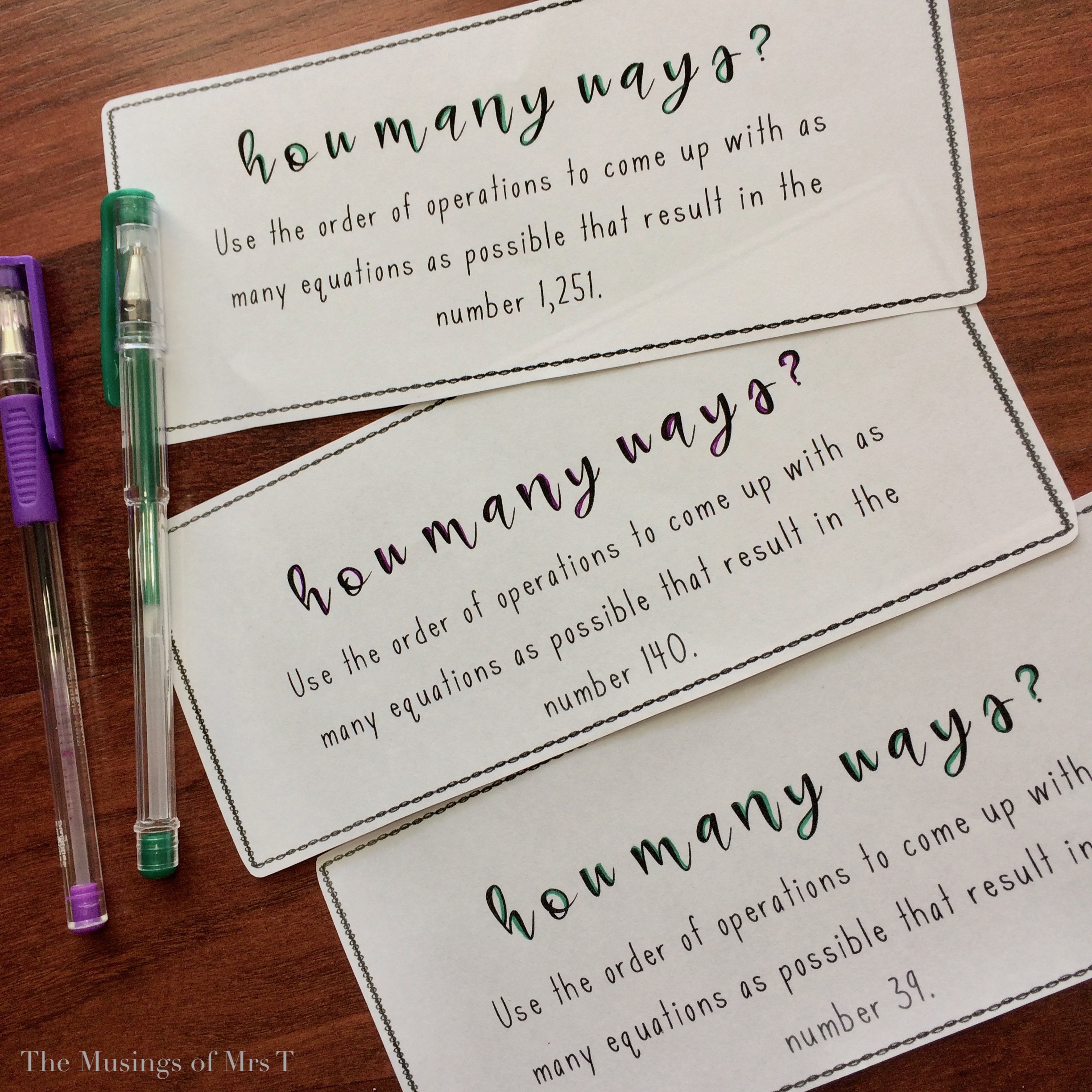
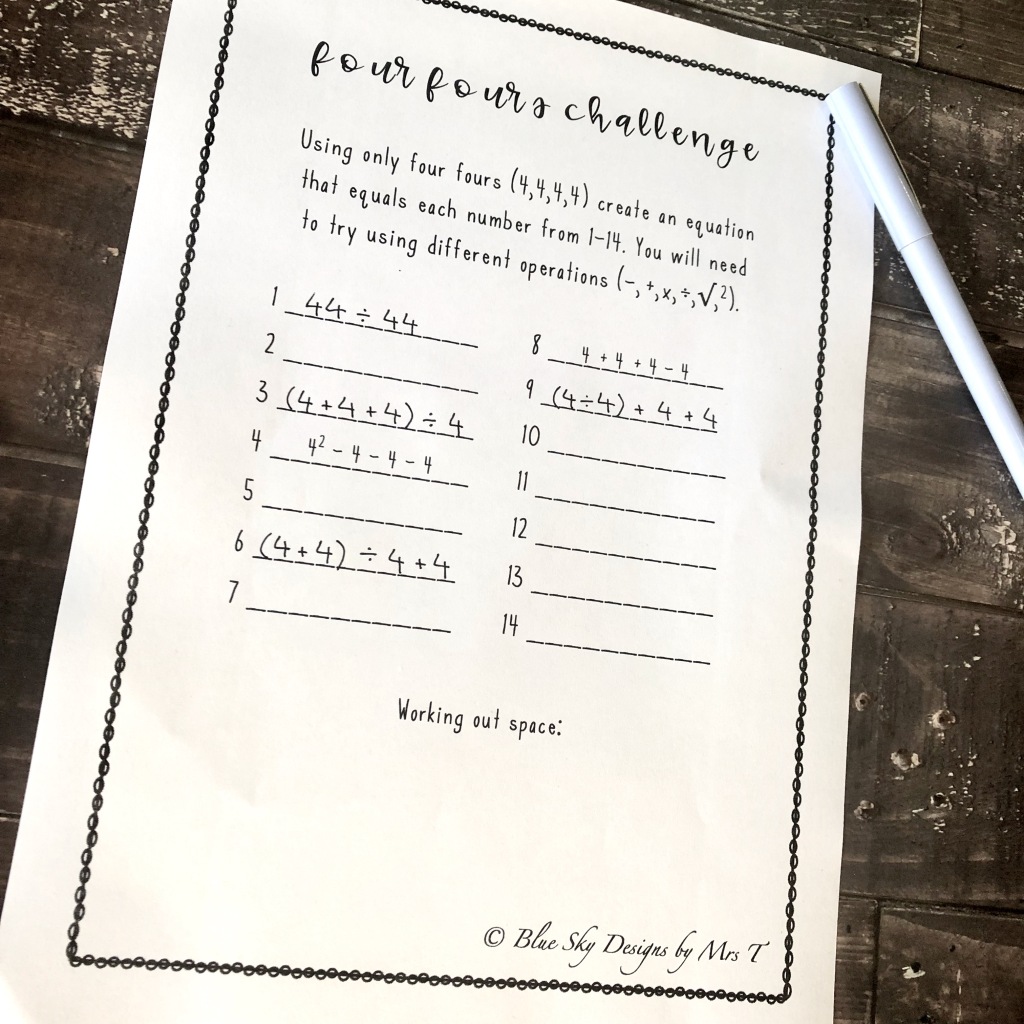
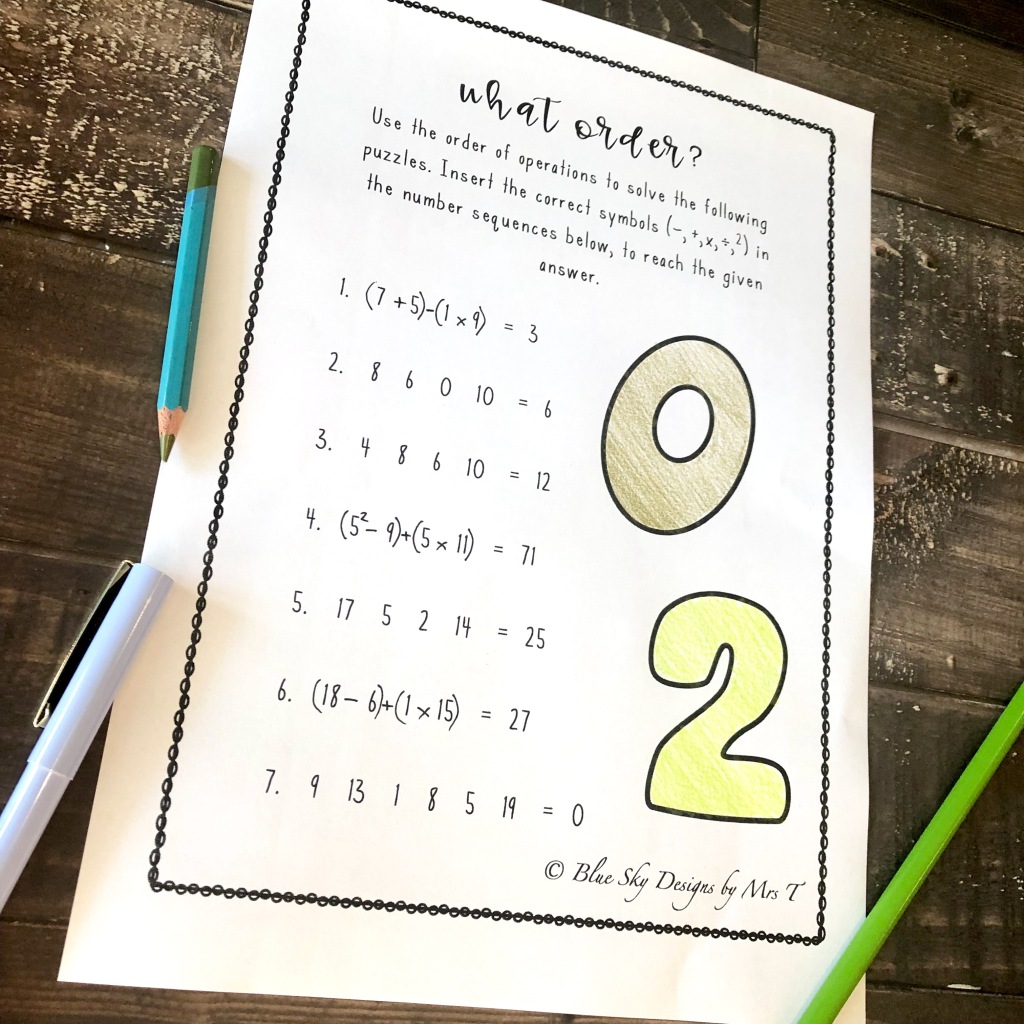
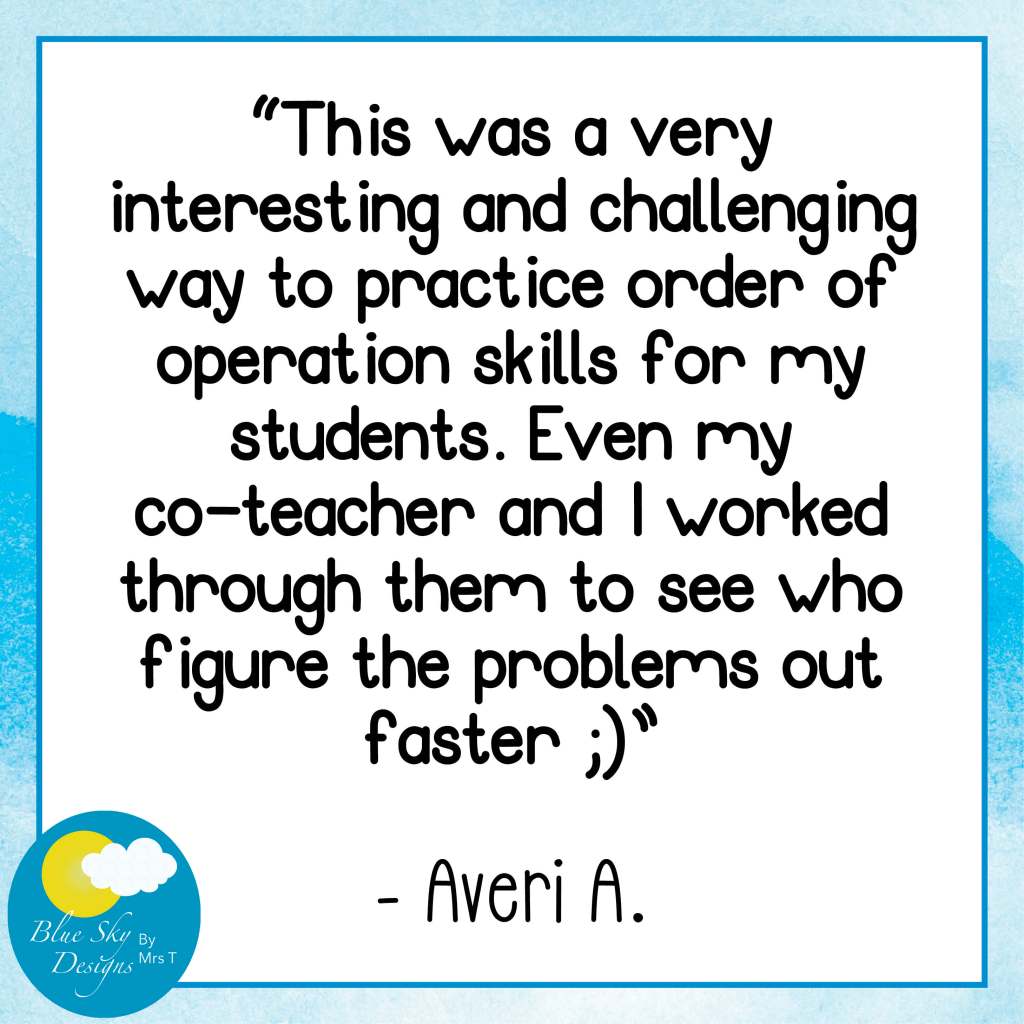
Offer Different Options
Finally, if you’re not sure which maths activities will work best with your students – ask them!
Giving students some choice over the tasks they complete helps them to take ownership over their learning and is great for engagement. A simple way to do this is by setting up maths choice boards for your students to work through.
Below is an example of what this could look like. The choice board lists options of activities for students to work through based on the topic of focus, and students can choose which ones they complete to show you that they understand the maths topic.
For some maths choice boards that are ready to use, head over to my store for a set of 4th Grade Maths Choice Boards, covering the topics of multiplication, division, mixed operations, place value & number sense, fractions, measurement and geometry.

I hope that these ideas inspire you to try something new with your maths assessments. You can use the links to buy your own copies of the printable resources I’ve referenced in this blog post.
Do you want some tips for helping students practise problem solving while you’re here? Then have a read through my post of Fun Problem-Solving Activity Ideas.
P.S. I love to hear how my tips and resources are helping you in your teaching, so leave a comment to let me know!
Have a question or a request? You can contact me at blueskydesignsbymrst@gmail.com.
